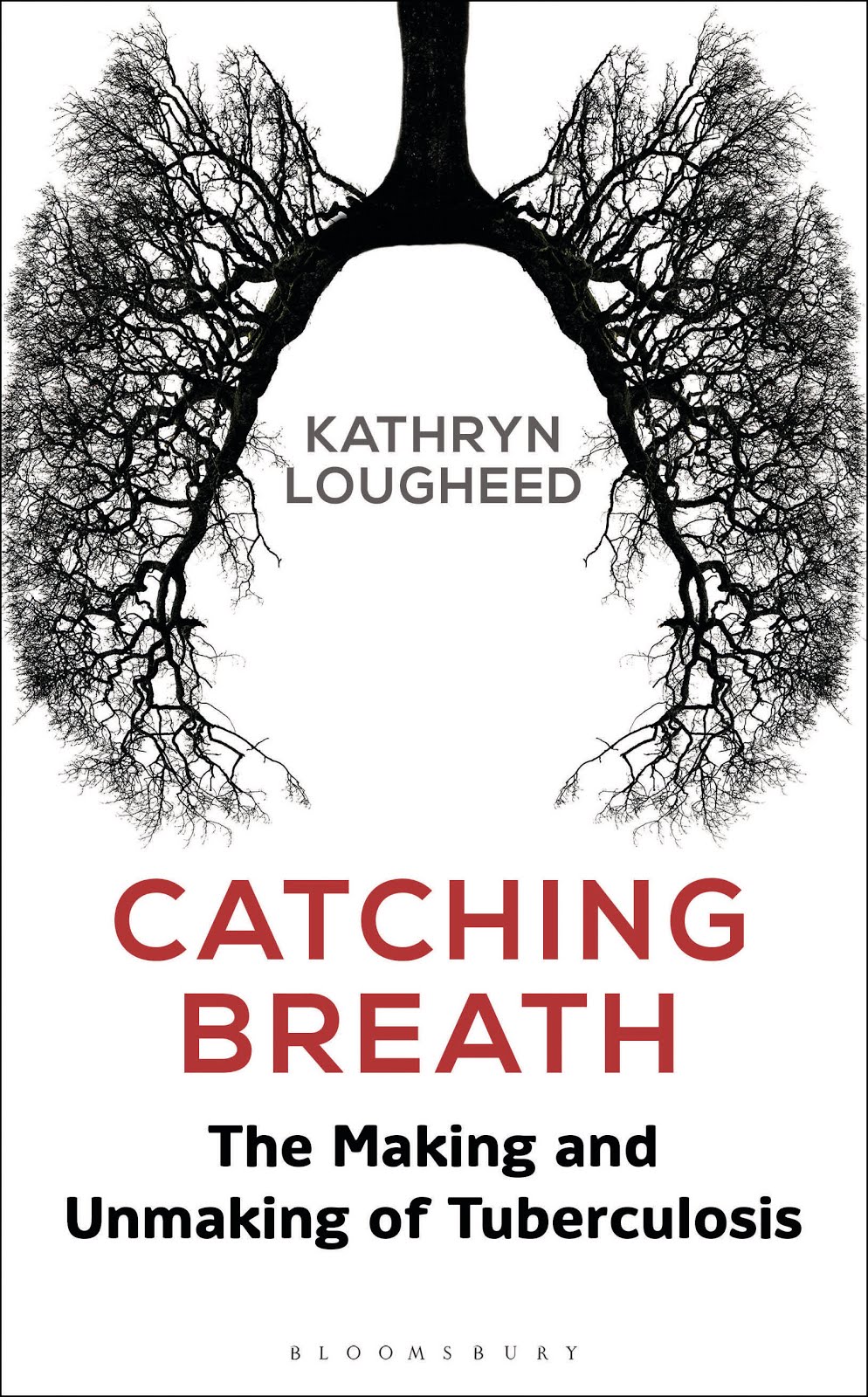One of my pet hates? Cartoon animals with breasts (I'm opening myself up for some horrendous Google searches, aren't I?).
Let's take Madagascar III as an example. All the animals in the first two iterations are relatively animal-like (other than the, you know, part where they can talk). Then we get to the third film and a love interest for Alex the Lion is introduced - a leopard called Gia.
Here's how I imagine the animators discussing how to draw Gia.
 Animator 1: So she has to be, like, sexy. The viewer has to want to bang her or they won't believe the relationship between Gia and Alex.
Animator 1: So she has to be, like, sexy. The viewer has to want to bang her or they won't believe the relationship between Gia and Alex.
Animator 2: Dude, you want to have sex with a big cat? That's got to be kind of dangerous.
Animator 1: Oh come on, don't try to tell me you didn't have a crush on Nala from the Lion King. That bit where she looks at him all sexily with those big eyes? [Mimes a lewd act]
Animator 2: Jesus, what have we become? [Drinks coffee laced with whiskey]
Animator 3: OK, so let's give her long eyelashes. Nothing says girl leopard like mascara.
Animator 1: Yes! And we can make her Italian. That accent...
Animator 3: [Leaps up from chair with fist thrust in air] And a little, tiny waist and BOOBIES!
Animator 2: Wait, what? Isn't that a bit weird?
Animators 1 and 3: Shut up, it will be hot.
Animator 2: [Stabs self in brain with pencil]
It's just...I mean, yeah, we need to humanise cartoon animals to a degree otherwise we'd just have Springwatch the Movie. But why always with the boobs?
The only thing worse has to be when characters based on non-mammalian animals are given the same hourglass figure to designate them as an appropriate love interest. Antz, a Bugs Life and, my personal favourite, Happy Feet. A penguin with breasts is a disturbing, disturbing thing.
Well at least mice and rabbits are mammals, I suppose...
But this? Yeah, this is odd.
Let's take Madagascar III as an example. All the animals in the first two iterations are relatively animal-like (other than the, you know, part where they can talk). Then we get to the third film and a love interest for Alex the Lion is introduced - a leopard called Gia.
Here's how I imagine the animators discussing how to draw Gia.
 Animator 1: So she has to be, like, sexy. The viewer has to want to bang her or they won't believe the relationship between Gia and Alex.
Animator 1: So she has to be, like, sexy. The viewer has to want to bang her or they won't believe the relationship between Gia and Alex.Animator 2: Dude, you want to have sex with a big cat? That's got to be kind of dangerous.
Animator 1: Oh come on, don't try to tell me you didn't have a crush on Nala from the Lion King. That bit where she looks at him all sexily with those big eyes? [Mimes a lewd act]
Animator 2: Jesus, what have we become? [Drinks coffee laced with whiskey]
Animator 3: OK, so let's give her long eyelashes. Nothing says girl leopard like mascara.
Animator 1: Yes! And we can make her Italian. That accent...
Animator 3: [Leaps up from chair with fist thrust in air] And a little, tiny waist and BOOBIES!
Animator 2: Wait, what? Isn't that a bit weird?
Animators 1 and 3: Shut up, it will be hot.
Animator 2: [Stabs self in brain with pencil]
It's just...I mean, yeah, we need to humanise cartoon animals to a degree otherwise we'd just have Springwatch the Movie. But why always with the boobs?
The only thing worse has to be when characters based on non-mammalian animals are given the same hourglass figure to designate them as an appropriate love interest. Antz, a Bugs Life and, my personal favourite, Happy Feet. A penguin with breasts is a disturbing, disturbing thing.
Well at least mice and rabbits are mammals, I suppose...
But this? Yeah, this is odd.


















